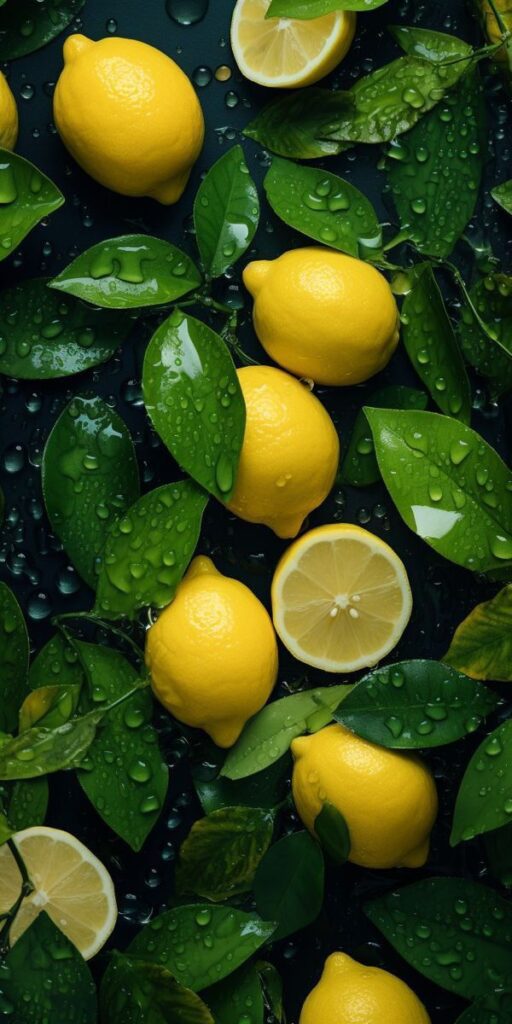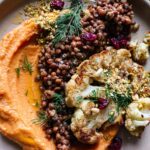Introduction:
Embarking on a vegan journey is an exciting and compassionate choice. However, navigating this change within the rich culinary landscape of India can feel a bit daunting. Fear not! This guide provides practical steps tailored to the Indian context, ensuring a smooth and fulfilling transition.
Gradual vs. Cold Turkey: Finding Your Path
- Gradual Approach:
- For many, especially those accustomed to traditional Indian diets, a gradual approach is ideal. Boost the variety of plant-based meals you eat each week to start.
- Replace dairy milk with available plant milk like almond, soy, or coconut milk.
- Focus on naturally vegan Indian dishes like dal, vegetable curries, and idli/dosa.
- This method allows your taste buds and digestive system to adapt.
- Cold Turkey Approach:
- If you’re highly motivated, a cold turkey approach can work.
- Ensure you have a solid understanding of vegan nutrition to avoid deficiencies.
- Prepare a meal plan and stock your pantry with vegan essentials.
- This method requires strong willpower but can be incredibly rewarding.
India has a huge advantage, because of the large amount of already existing vegetarian dishes. Many of these can be easily made vegan.
Stocking a Vegan Pantry: Indian Essentials
- Legumes: Lentils (dal), chickpeas (chana), kidney beans (rajma), and various other beans are staples.
- Grains: Rice, wheat, millets (ragi, jowar, bajra), and semolina (sooji).
- Spices: A well-stocked spice rack is crucial for flavorful vegan Indian cooking.
- Plant Milks: Almond, soy, coconut, and oat milk are increasingly available.
- Tofu and Tempeh: These versatile protein sources are gaining popularity.
- Seeds & Nuts: Almonds, cashews, peanuts, sesame seeds, and sunflower seeds.
- Oils: Coconut oil, mustard oil, and vegetable oil.
- Vegan Ghee: There are now vegan ghee alternatives available.
Reading Food Labels: Navigating Indian Packaging
- Pay close attention to ingredient lists. Look for hidden animal products like:
- Ghee (clarified butter)
- Casein (milk protein)
- Whey (milk byproduct)
- Honey
- Gelatin
- “E” numbers of animal origin.
- Many products in India are labelled with green dots for vegetarians. Be aware that Vegetarian does not mean Vegan.
- Become familiar with common Indian food additives.
Finding Vegan Alternatives: Indian Culinary Delights
- Dairy Alternatives:
- Replace dairy yoghurt with coconut or soy yoghurt.
- Use cashew cream for rich, creamy sauces.
- Explore vegan paneer (tofu-based).
- Traditional dishes:
- Many traditional Indian sweets can be made vegan by replacing dairy with plant-based alternatives.
- Many Indian street foods are naturally vegan or can be easily made so.
- Online resources:
- Utilize online resources and communities to discover vegan Indian recipes and product recommendations.
Staying Motivated: Embracing the Vegan Community
- Connect with local vegan groups and online communities.
- Explore vegan Indian restaurants and cafes.
- Find a vegan buddy for support and encouragement.
- Remember your “why” – whether it’s ethical, environmental, or health-related.
- Remember that small steps make big differences.
Conclusion:
Transitioning to a vegan lifestyle in India is a rewarding journey. By taking practical steps, stocking your pantry with essentials, and embracing the vibrant vegan community, you can create a compassionate and fulfilling lifestyle.


